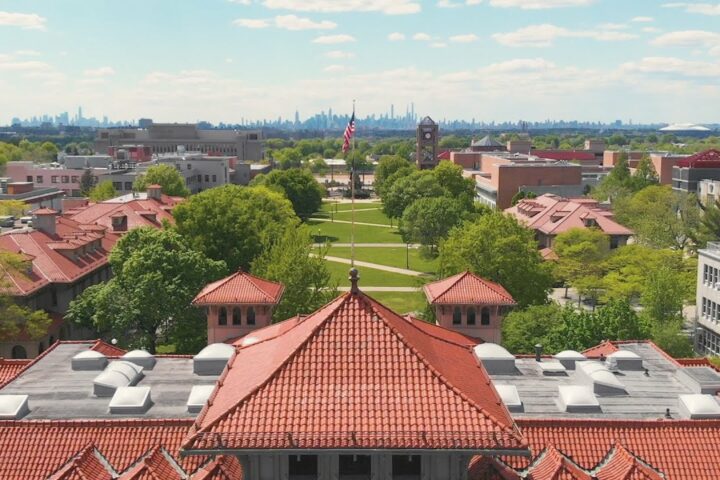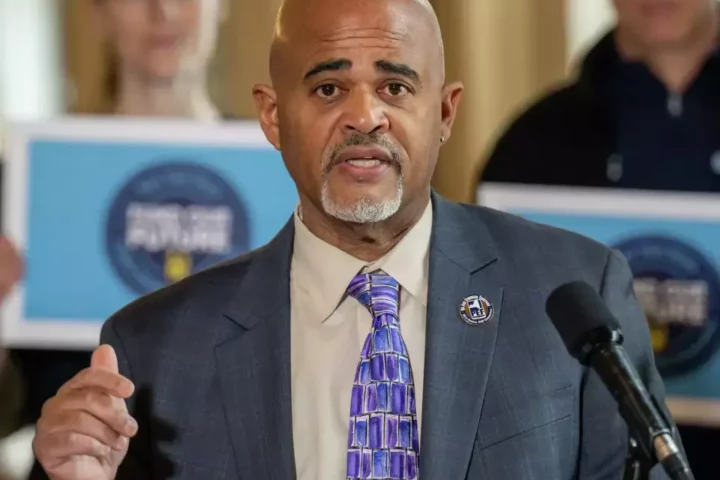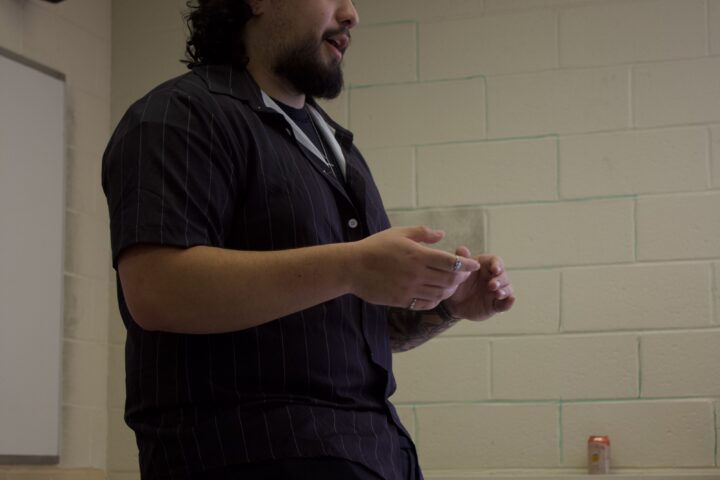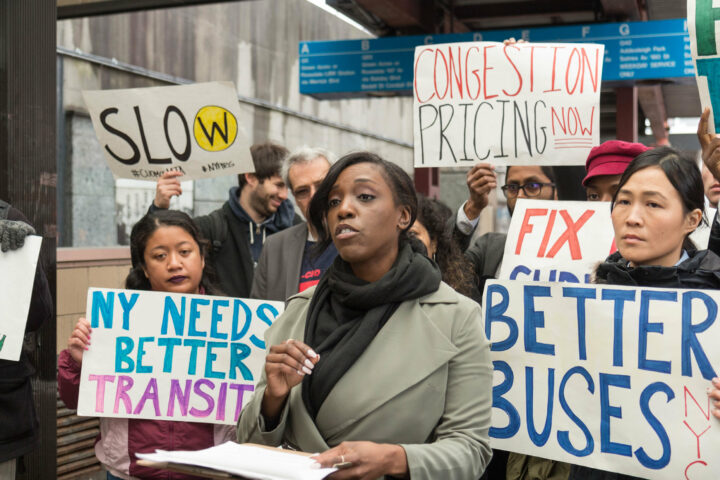You’re on the subway – earbuds in, favorite music playing – and this morning, you’ve been lucky enough to get a seat. Your eyes take in the ads, subway maps, and blank, tired faces of the other passengers.
This morning, though, will not be like other mornings. You notice one of the passengers’ faces come to life – for the worst possible reason. Her expression has changed from boredom to fear, and she is looking at a man standing over her. Even through your headphones, you can make out the racial and religious slurs the man is hurling at her. You slip your headphones out, and it becomes clear that the man wants her seat, thinking he’s entitled to it based on his religion and race. Your palms grow sweaty and your mouth goes dry – you know you should be doing something, but what do you do?
This scenario, and others like it, have played out in my mind countless times since last November, when hate crimes dramatically began to rise, and the term “upstander” became part of our vocabulary. An upstander is more than a bystander. They don’t stand by, but rather, stand up for someone being harassed or attacked. But to do so, they must first overcome any inner obstacles that might cause them to freeze up in those crucial moments.
This idea of our own inner obstacles was discussed this past Monday, November 27th, at a free hour event in Powdermaker known as the Upstander and De-escalation Techniques Workshop, hosted by the Center for Ethnic, Racial and Religious Understanding. Aysa Gray, Director of Fellowships, listed a few of those: fear, apathy, complacency, and self-esteem. If fear is an inner obstacle, you might be (legitimately) afraid that you too will become a victim. Apathy would be if you don’t care. Complacency would be if you think to yourself, “it’s ok, this is just how things are,” and self-esteem is if you say, “I just don’t have the skills to stand up to the guy.”
What Aysa said about inner obstacles resonated with me. I know I have a tendency to freeze up in the midst of conflict – but until I’d attended this workshop, I had never broken down and deeply analyzed this tendency. During the workshop, I acknowledged my obstacles, which are fear and self-esteem. It was later on, however, long after the workshop was over, that I realized the deeper root of these obstacles:
Subconsciously, I had been visualizing the conflict like an archery range in the dark. There’s only one bull’s-eye – there’s only one right set of words that I can say. There’s only one narrow point of entry into the person’s heart for my arrow to fit through, only one chance for my words to dislodge their hatred and calm them down – and I don’t know if my arrow will make it. And what if my words even anger the harasser further and make the situation worse?
In other words, I had been psyching myself out. I had been setting my standards too high, aiming for that one imaginary target. But I realized – if I am ever in a situation where I’ll need to be an upstander, I don’t have to be Superwoman. I don’t have to “un-prejudice” the harasser; I don’t have to find that one set of “perfect” words. All I have to do is make sure the person or people being harassed are not harmed. And yes, there is a chance that my words could even make things worse, but I realized that just speaking up at all divides the harasser/attacker’s attention. Besides, how will I know what will happen unless I try?
Once I gave myself permission not to aim for that one single bull’s-eye, I felt my shoulders relax and I felt less afraid. Admittedly, this is all happening in a scenario in my mind. But hopefully, if the need should ever arise, my new way of thinking will translate into real life, and I will be prepared for it if I am ever called to be an upstander.











